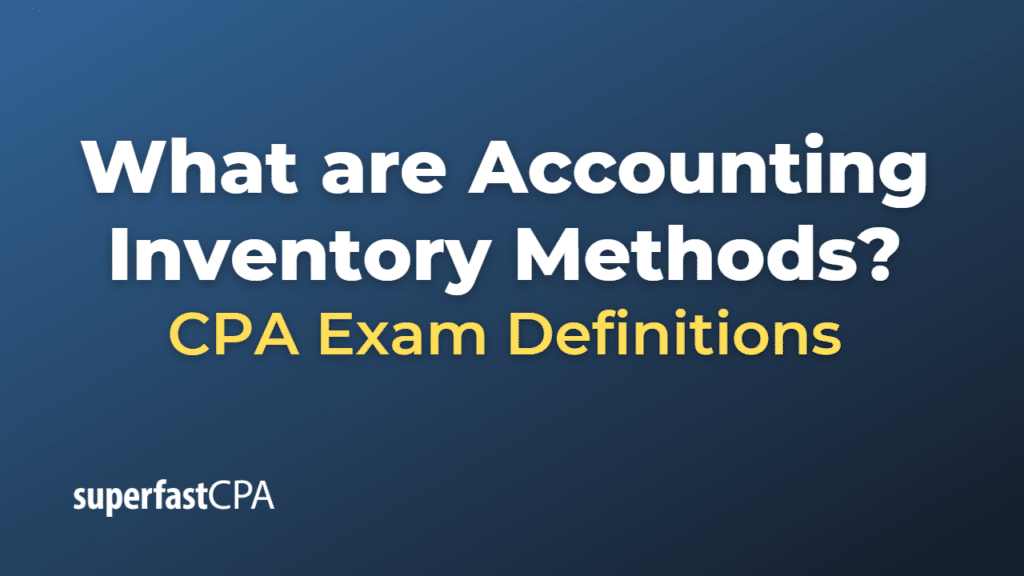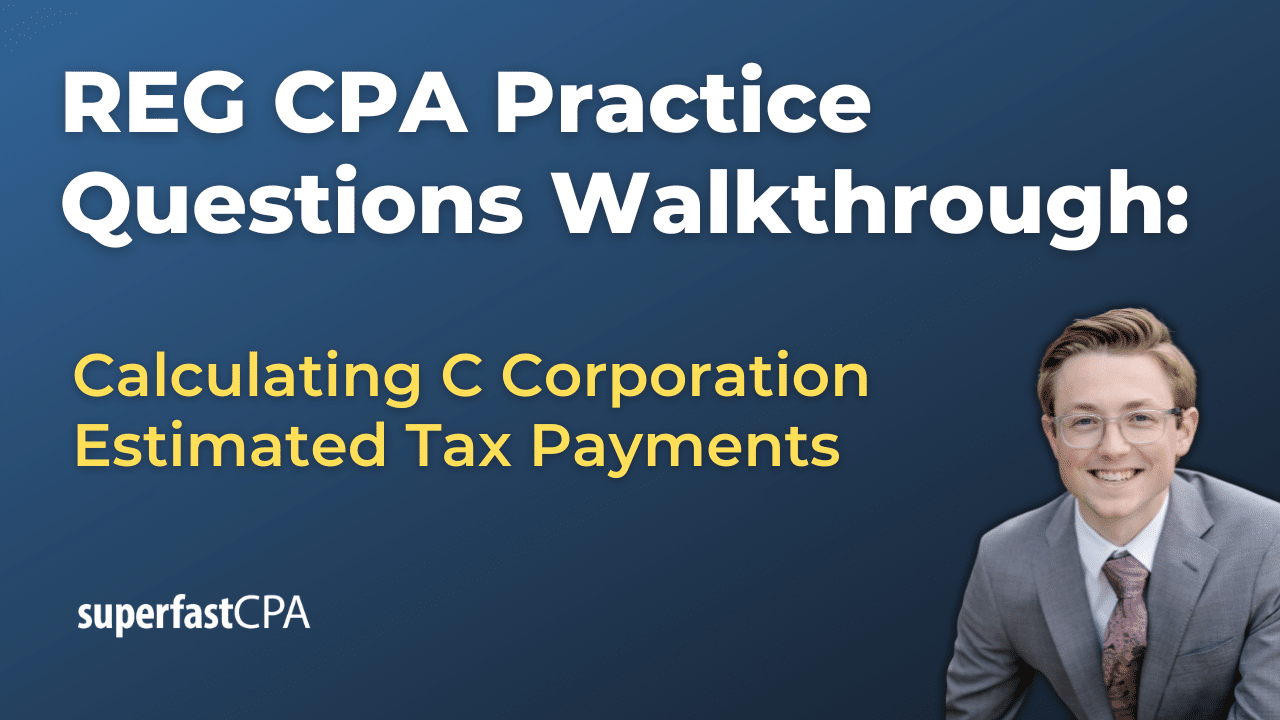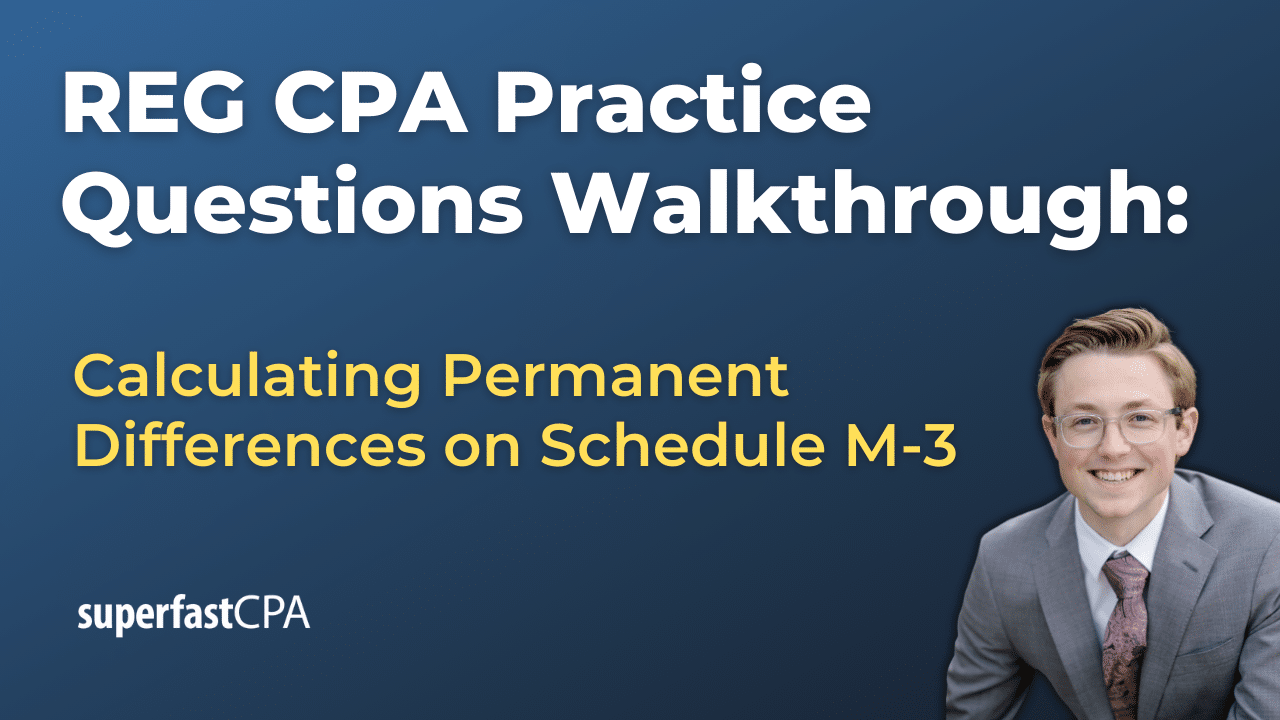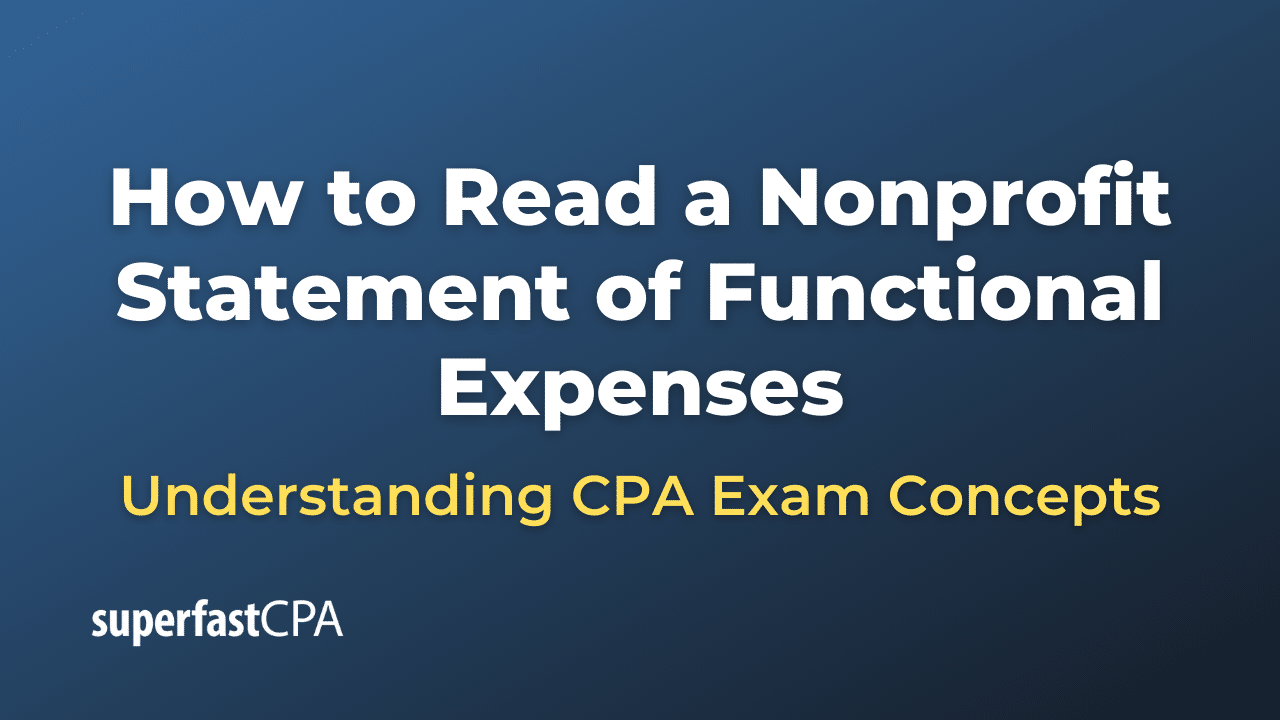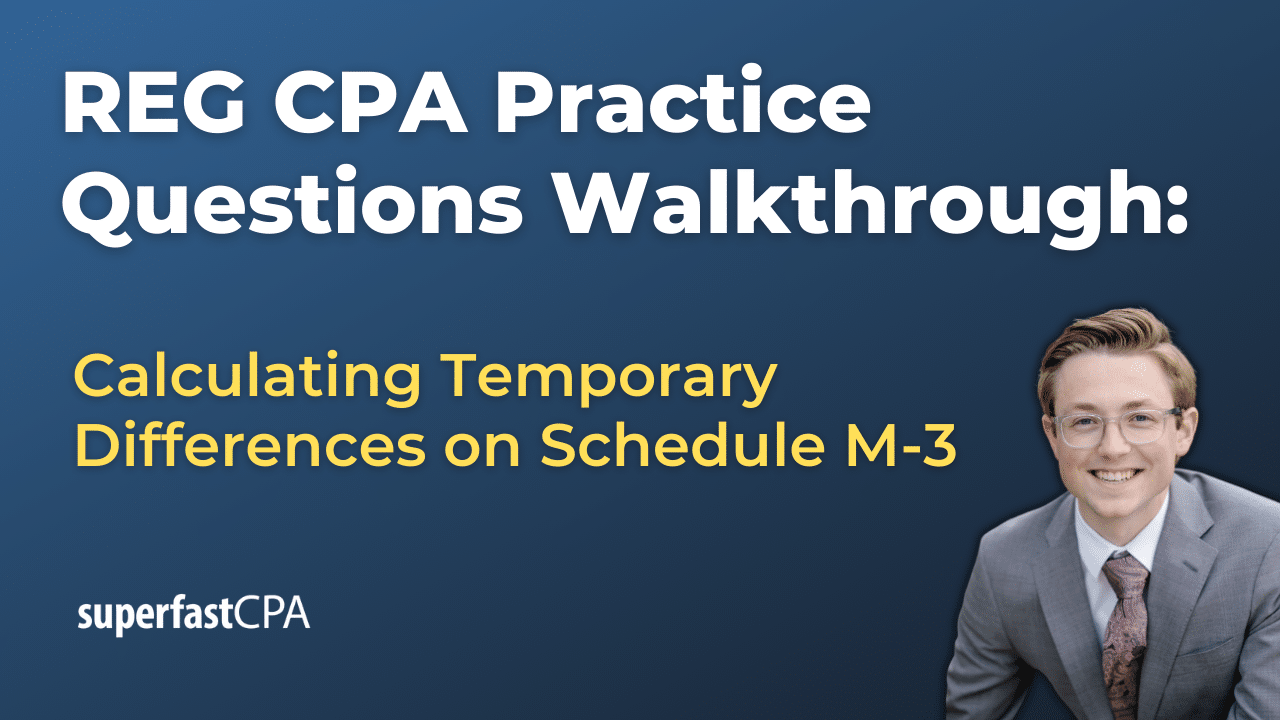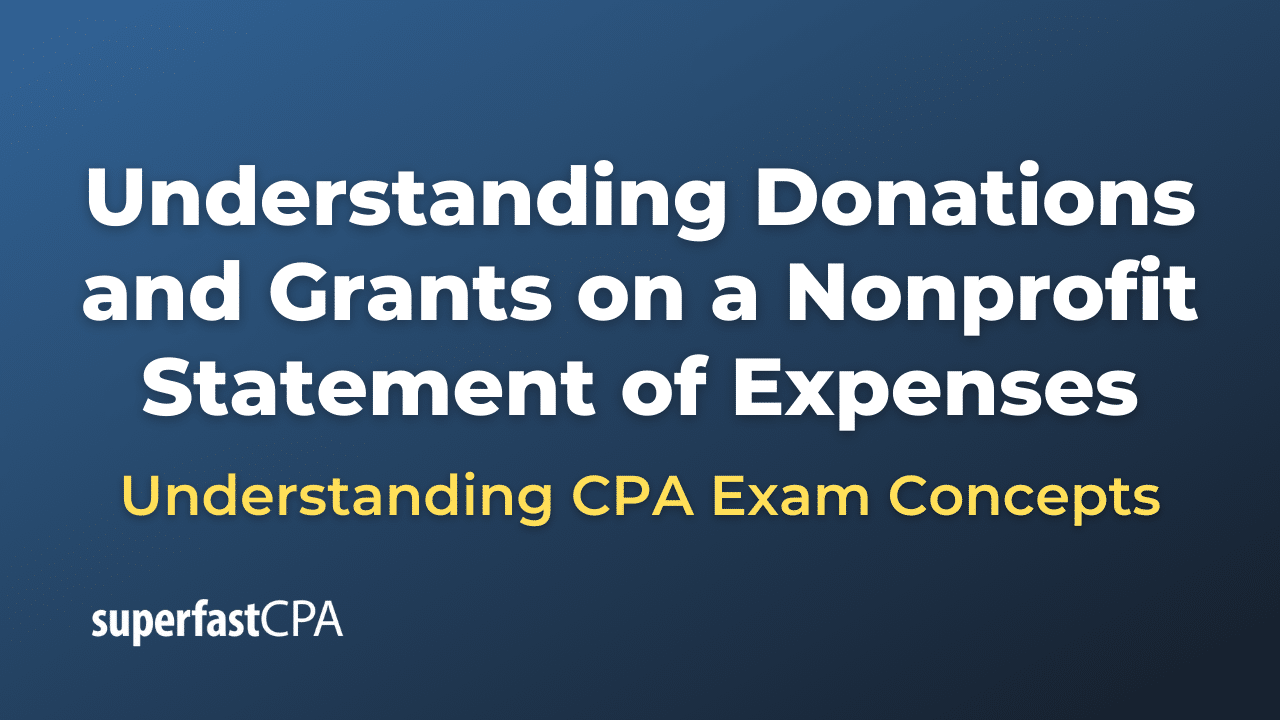Accounting Inventory Methods
Accounting inventory methods are used to determine the cost of goods sold (COGS) and the value of inventory on hand. These methods are essential for businesses that deal with physical inventory to accurately report their financial statements, manage their inventory levels, and calculate their taxable income.
There are three primary inventory valuation methods used in accounting:
- First-In, First-Out (FIFO): This method assumes that the first items purchased or produced are the first ones to be sold. Under FIFO, the cost of the earliest acquired inventory items is assigned to COGS, while the cost of the most recently acquired items is assigned to the ending inventory. When prices are rising, FIFO results in lower COGS and higher ending inventory values, which in turn leads to higher reported profits and taxes.
- Last-In, First-Out (LIFO): This method assumes that the most recently purchased or produced items are the first ones to be sold. Under LIFO, the cost of the latest acquired inventory items is assigned to COGS, while the cost of the earliest acquired items is assigned to the ending inventory. When prices are rising, LIFO results in higher COGS and lower ending inventory values, which in turn leads to lower reported profits and taxes.
- Average Cost Method (AVCO): This method calculates the average cost of all inventory items available for sale during a specific period and assigns this average cost to both COGS and ending inventory. The average cost is determined by dividing the total cost of goods available for sale by the total number of units available for sale. This method smooths out the effects of price fluctuations and results in a value between the FIFO and LIFO methods.
Each inventory method has its advantages and disadvantages, and the choice depends on a company’s specific needs, industry practices, and tax considerations. It’s important to note that once a company chooses an inventory valuation method, it should consistently apply the same method in future accounting periods, unless there’s a compelling reason to change it, as per the accounting principle of consistency. In the United States, companies that report their financial statements under GAAP can use any of these inventory methods, but those that report under IFRS are not allowed to use LIFO.
Example of Accounting Inventory Methods
Let’s consider a hypothetical example of a company called “GadgetHub,” which sells electronic gadgets. The company purchases and sells one type of gadget during the month. Here’s a summary of GadgetHub’s inventory transactions for the month:
- Beginning inventory: 10 units at $50 each
- Purchase 1: 15 units at $55 each
- Purchase 2: 20 units at $60 each
- Sales: 30 units
Now, let’s calculate the cost of goods sold (COGS) and ending inventory value for GadgetHub using the three primary inventory valuation methods:
- First-In, First-Out (FIFO):
- COGS: (10 units x $50) + (15 units x $55) + (5 units x $60) = $500 + $825 + $300 = $1,625
- Ending Inventory: (15 units x $60) = $900
- Last-In, First-Out (LIFO):
- COGS: (20 units x $60) + (10 units x $55) = $1,200 + $550 = $1,750
- Ending Inventory: (10 units x $50) + (5 units x $55) = $500 + $275 = $775
- Average Cost Method (AVCO):
- Total cost of goods available for sale: ($500 + $825 + $1,200) = $2,525
- Total units available for sale: (10 units + 15 units + 20 units) = 45 units
- Average cost per unit: $2,525 / 45 units = $56 (rounded)
- COGS: 30 units x $56 = $1,680
- Ending Inventory: 15 units x $56 = $840
Using the three different inventory valuation methods, GadgetHub’s cost of goods sold (COGS) and ending inventory values are as follows:
- FIFO: COGS = $1,625; Ending Inventory = $900
- LIFO: COGS = $1,750; Ending Inventory = $775
- AVCO: COGS = $1,680; Ending Inventory = $840
As you can see, each inventory valuation method results in different COGS and ending inventory values. The choice of inventory method can significantly impact a company’s reported financial results and tax liabilities. GadgetHub would choose the inventory method that best suits its financial reporting objectives, industry practices, and tax considerations.

